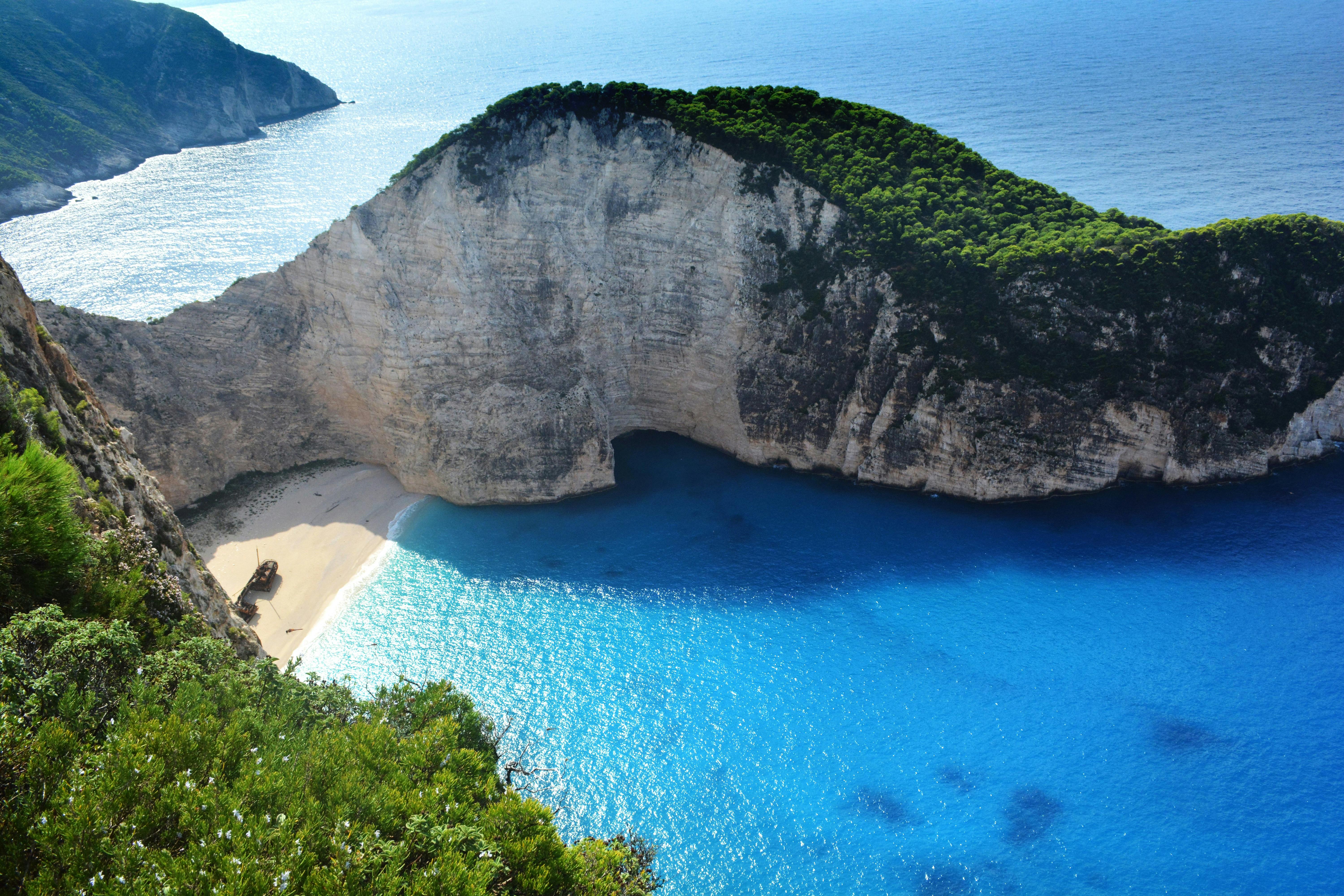Hermanus – The place to see whales and more – Western Cape South Africa
The distance from Cape Town to Hermanus is 105 kilometers.
This beautiful seaside town has a proud history dating back to the early 1800s, when a man named Hermanus Pieters followed a path carved into the ground by a herd of elephants.
A teacher and herdsman, he traveled south from Caledon along the elephant route, ending up by the sea where he discovered a fresh spring.
Hermanus Pieters decided to set up camps next to a spring with fine pastures for his cattle. This beautiful setting became known as Hermanuspietersfontein. As farmers began to hear about his success, they made their trips to this fertile new place. The fish was plentiful and the fishermen had great successes.
In 1886 a church and a school were built in Hermanuspietersfontein.
1902 the postmaster complained about the long name, Hermanuspietersfontein became Hermanus. The city was so filled with fresh sea air that it was common for doctors to recommend a trip to Hermanus for the health of his patients.
Walker Bay is where you’ll find Hermanus near the southern tip of Africa.
Magnificent mountains watch over the town that is home to the Southern Right Whale.
The average temperature is 14ºC in winter with many sunny days and temperate with strong winds at times.
The temperature in summer is 26ºC, dry and sunny, with extreme heat tempered by the sea breeze. Hermanus is one of the best whale watching spots in South Africa, with its own whale crier: he announces the whale sighting with a blast of his kelp horn, calling everyone in town to come watch the whales.
The Old Port Museum is a city landmark, which has an outdoor display of an old boardwalk, old fishing boats, and stone fishing huts. They show everything that was used for fishing in the early days. In the Hemel and Aarde Valley, on the outskirts of Hermanus, you can visit the Hermanus Wine Route. This area is quickly making a name for its superb Burgundy varietals of Pinot Noir and Chardonnay.
Diving with the Great White Shark, in a safe environment. This is where you can experience the Great White Shark in its natural environment.
Most visitors come to Hermanus to see the whales.
THE SOUTHERN RIGHT WHALE got its name because it was slow moving and the ‘right’ whale to hunt. They are rich in oil and baleen (the large food filter plates that hang from the roof of its mouth) and a whale that floated in the water when killed.
Today, the northern right whale is virtually extinct. In the southern hemisphere, populations show a slow increase since international protection in 1935. There are currently an estimated 4,000 southern right whales, with South Africa receiving the largest percentage visiting its shores annually.
The southern right whale will be found between approximately 30° and 55° south. The whales migrate south during the summer months to feed on krill, and north during the winter and spring to mate and calve. They appear around the coast from May and stay until December. They can be seen in bays and coves close to the coast and near the mouths of rivers.
This whale can be distinguished by its absent dorsal fin and V-shaped ‘puff’. The callosities on the head of whales are actual outgrowths of tough skin that form different patterns on each individual and are used for identification.
The breath of the whale is like listening to the breath of life.
The blow is a cloud of vapor produced largely by condensation when warm breath comes into contact with cooler air.
It also contains oily mucus from the whale’s respiratory tract. Whales have large brains and are sensitive creatures. There are strong bonds between females and their young. They are not aggressive and friendly to man. So far, knowledge about whales is fragmentary.
They need our protection.
